What is the tolerance range of precision screws?
What is the tolerance range of precision screws?
Service Hotline
+86760-8787 8587We have more than ten years of production experience in the screw industry. The main products are: countersunk head screws, rivet nuts, single head motherboard isolation column nuts, hand tighten screws, steel black screws, external teeth, flat round head socket head cap screws, water meter gaskets Sheet, small countersunk head rivet nut, flat head built-in screw, compression nut, cap nut nut, GB12618 semi-stainless steel rivet, motherboard computer case stud, extended screw GB9010 and other fasteners, due to different product materials and specifications, Prices also vary, please contact us if necessary.


At the beginning of the quality inspection process broadcast, we ordered the cross recessed screw and screw wire material into our production screw industry. For manufacturers in the screw industry, we must first detect the wire diameter of the screw wire and the material of the screw. Generally, the wire diameter of the screw is measured by a caliper and a measuring wire. Diameter size, whether it is the same as the size ordered by yourself. After testing these, it is the testing in the production process, starting from the head of the screw, to determine the size of the head, the opposite side of the head, the diagonal angle, the depth of the cross groove, the tolerance range of the screw, and so on. These are checked with calipers. In the inspection of all aspects when rolling teeth, the main thing is whether the thread can pass the pass and stop gauge, and whether the screw thread can pass the gauge and stop. Next is the electroplating measurement problem. After electroplating, whether it meets the requirements of environmental protection and whether it can pass the time required by the salt spray. Tools include environmental testing machines and salt spray testing machines. In short, in the production and sales process of cross recessed screws, there must be necessary tools to detect the quality of screws. The summary should be summarized as follows: calipers, hardness testers, salt spray machines, environmental testing machines, pass and stop gauges, etc. .
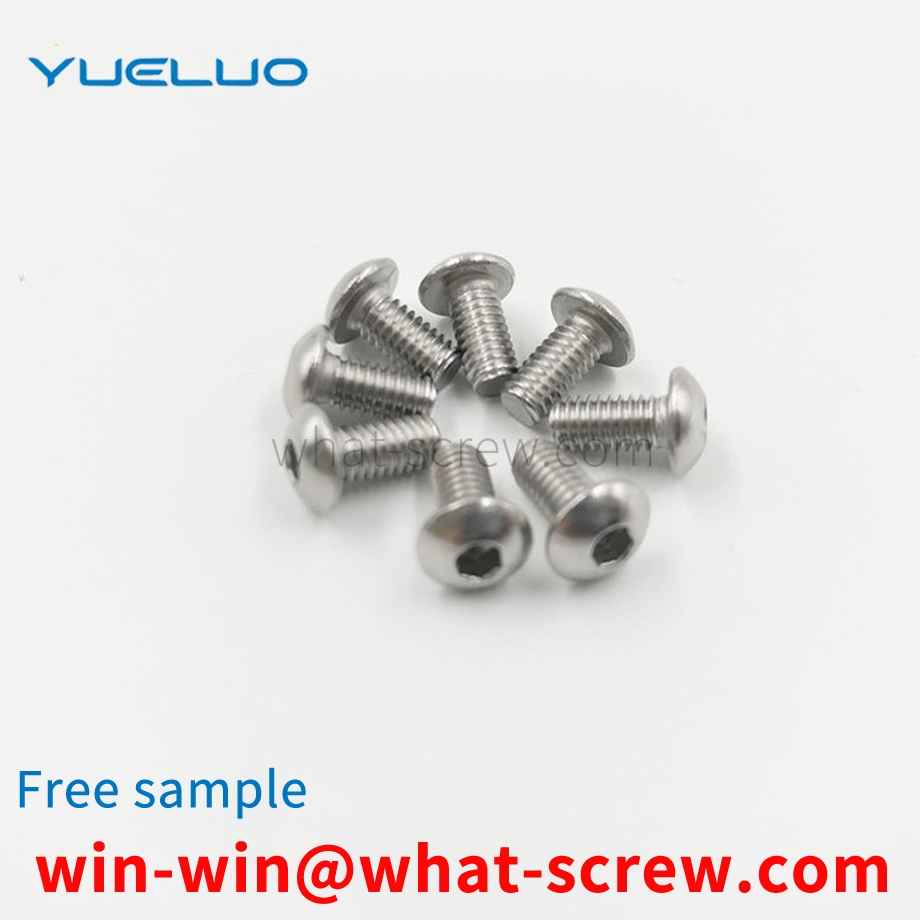
1) Scope This standard specifies the lock nut (referred to as nut), the size of the locking device, technical requirements, acceptance rules and measurement methods. This standard applies to the design, production, inspection and user acceptance of nuts and locking devices for tapered bushings. 2) Terminology The terms used in this standard conform to the provisions of GB/T 6930. This standard specifies the marking system, index, test method and marking of the mechanical and working performance of the effective torque section steel hexagonal lock nut. This standard is applicable to coarse thread 6H class nuts made of carbon steel or alloy steel, the width across the sides conforming to the provisions of GB 3104, the nominal height is ≥ 0.8D, and the guaranteed load and effective torque need to be specified, and the thread diameter is 3 ~ 39mm. Except for the effective torque part, the thread size and tolerance are specified in GB 193, GB 196 and GB 197. The working temperature range of the nut should be in accordance with: All-metal nut without electroplating treatment: -50℃~+300℃. All-metal nuts with electroplating treatment: -50℃~+230℃; nuts embedded with non-metallic elements: -50℃~+120℃. This standard does not apply to nuts with special performance requirements (such as weldability and corrosion resistance). For stainless steel and non-ferrous metals with fine pitch lock nuts or thin nuts made of carbon steel or alloy steel, the performance indicators and test methods of effective torque specified in this standard may be adopted by mutual agreement.
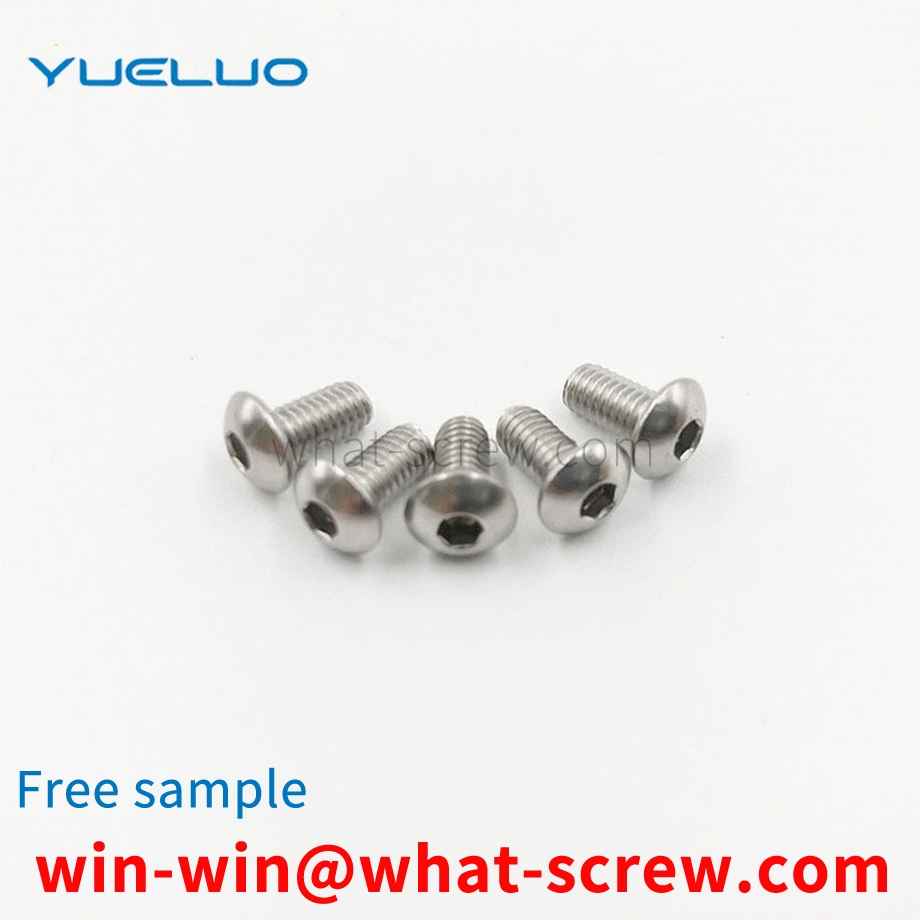
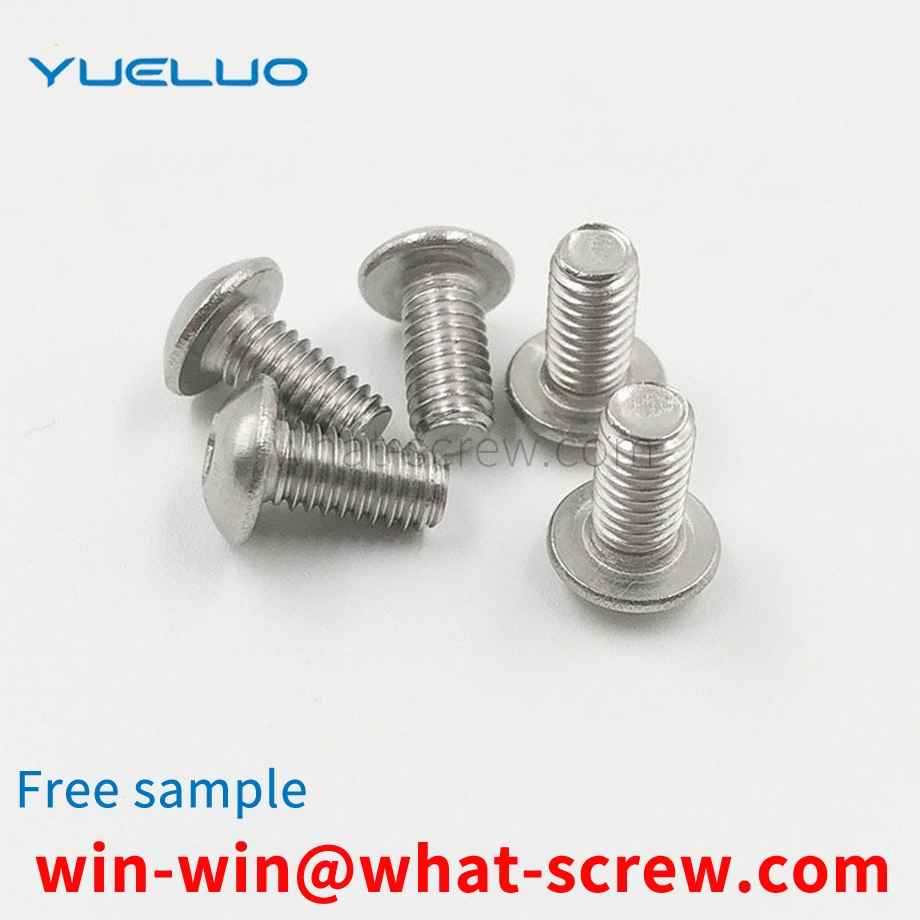
The shear strength of a metal material refers to the ability of the material to withstand shearing force, which refers to the strength of the external force perpendicular to the material axis and shearing the material. The test is usually to install the cylindrical pin into the specified fixture, and the gap between the supporting part and the loading part is required to be no more than 0.15mm, and then force is applied to test the shear strength of the material.
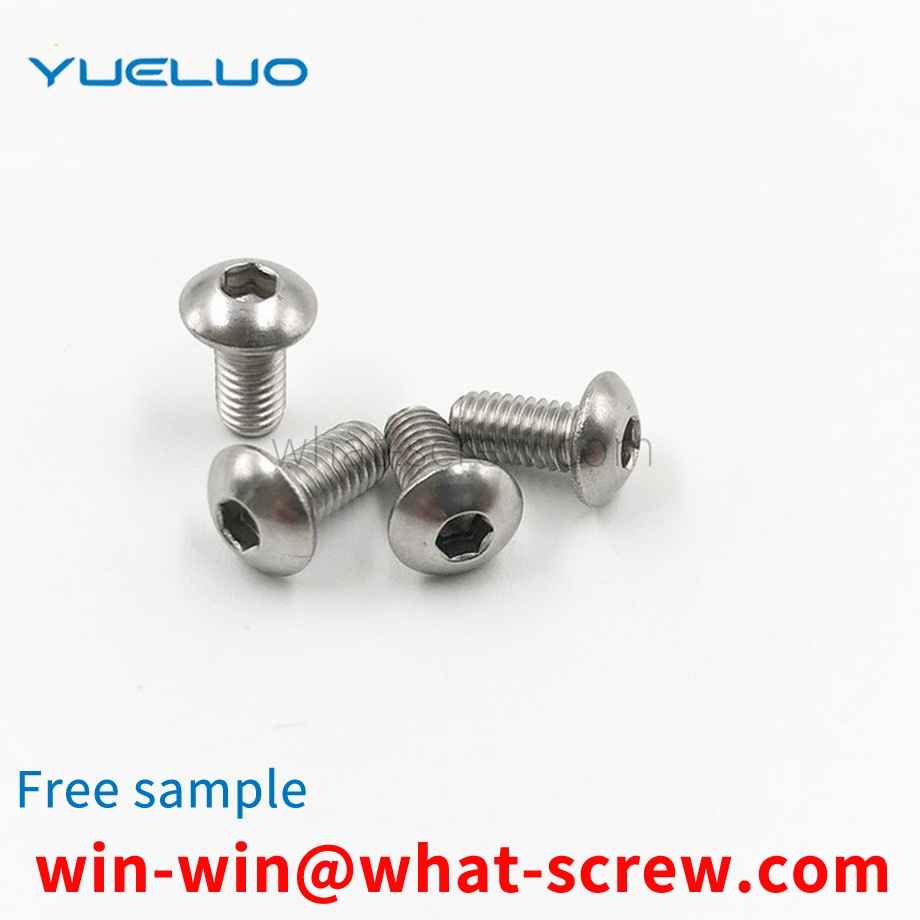
Copper nuts, also known as embedded nuts and inlaid copper nuts or plastic embedded nuts, are divided into hot-melt copper nuts, hot-pressed copper nuts, embedded copper nuts and ultrasonic copper nuts according to different methods of use. This product is widely used in mobile phones. Shell / Pen meter shell / injection part / insert of plastic part, used as an internal thread. Generally embossed on the outer circle. To prevent sliding. Stainless Steel Nuts Hexagon Nuts (GB6170/DIN934), Thin Nuts (GB6172/DIN439), Heavy Nuts (Metric, US), Nylon Lock Nuts (DIN985-DIN982 Thick), All Metal Lock Nuts (DIN980M), Cap Nuts (DIN1587), Flange Nuts (GB6177/DIN6923), Flange Nuts Nylon Lock Nuts (DIN6926), Square Weld Nuts (DIN928), Hex Weld Nuts (DIN929), Butterfly Caps (GB62, DIN315, American), K cap, etc. Specifications: M1.6-M64
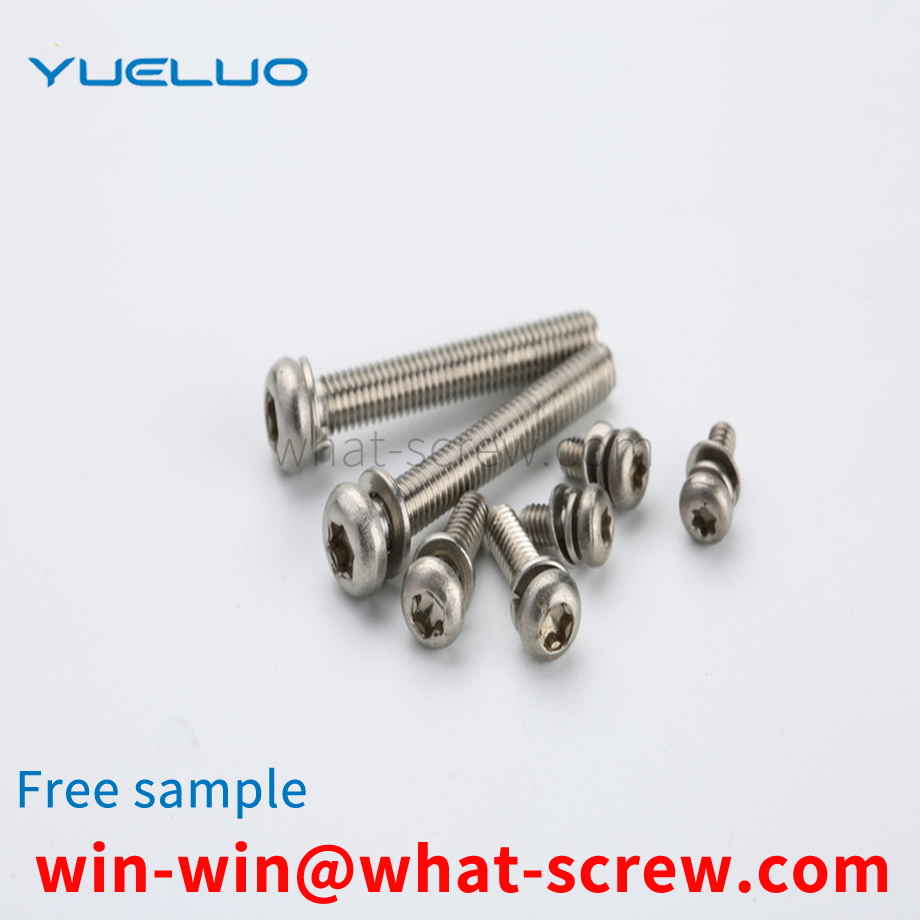
The above content is uploaded by Yueluo or the Internet. If there is any copyright issue, please contact [email protected].

What is the tolerance range of precision screws?

How to choose the right stainless steel screw manufacturer?

Why is there an R angle under the head of the hexagon head s...

We have more than ten years of production experience in the ...

We have more than ten years of production experience in the ...

We have more than ten years of experience in screw industry ...

We have more than ten years of experience in screw industry ...